Health Topics
Several direct-to-consumer genetic testing companies report how much DNA a person has inherited from prehistoric humans, such as Neanderthals and Denisovans. This information is generally reported as a percentage that suggests how much DNA an individual has inherited from these ancestors. The percentage of Neanderthal DNA in modern humans is zero or close to zero in people from African populations, and is about 1 to 2 percent in people of European or Asian background. The percentage of Denisovan DNA is highest in the Melanesian population (4 to 6 percent), lower in other Southeast Asian and Pacific Islander populations, and very low or undetectable elsewhere in the world.
Neanderthals were very early (archaic) humans who lived in Europe and Western Asia from about 400,000 years ago until they became extinct about 40,000 years ago. Denisovans are another population of early humans who lived in Asia and were distantly related to Neanderthals. (Much less is known about the Denisovans because scientists have uncovered fewer fossils of these ancient people.) The precise way that modern humans, Neanderthals, and Denisovans are related is still under study. However, research has shown that modern humans overlapped with Neanderthal and Denisovan populations for a period, and that they had children together (interbred). As a result, many people living today have a small amount of genetic material from these distant ancestors.
Scientists have sequenced Neanderthal and Denisovan genomes from fossils discovered in Europe and Asia. This genetic information is helping researchers learn more about these early humans. Determining which areas of the genome are shared with archaic humans, and which areas are different, will also help researchers find out what differentiates modern humans from our closest extinct relatives.
In addition to the percentage of Neanderthal or Denisovan DNA, direct to-consumer testing reports may include information about a few genetic variants inherited from these ancestors that influence specific traits. Some studies have suggested that certain genetic variations inherited from archaic humans may play roles in hair texture, height, sensitivity of the sense of smell, immune responses, adaptations to high altitude, and other characteristics in modern humans. These variations may also influence the risk of developing certain diseases. However, other studies have not found the same associations. The significance of Neanderthal or Denisovan genetic variants on disease risk is still an area of active study, and most direct-to-consumer test results currently do not include them.
While knowing how much DNA a person has in common with his or her Neanderthal or Denisovan ancestors may be interesting, these data do not provide practical information about a person’s current health or chances of developing particular diseases. Having more or less DNA in common with archaic humans says nothing about how “evolved” a person is, nor does it give any indication of strength or intelligence. For now, knowing which specific genetic variants a person inherited from Neanderthal or Denisovan ancestors provides only limited information about a few physical traits.
Scientific journal articles for further reading
Meyer M, Kircher M, Gansauge MT, Li H, Racimo F, Mallick S, Schraiber JG, Jay F, Prüfer K, de Filippo C, Sudmant PH, Alkan C, Fu Q, Do R, Rohland N, Tandon A, Siebauer M, Green RE, Bryc K, Briggs AW, Stenzel U, Dabney J, Shendure J, Kitzman J, Hammer MF, Shunkov MV, Derevianko AP, Patterson N, Andrés AM, Eichler EE, Slatkin M, Reich D, Kelso J, Pääbo S. A high-coverage genome sequence from an archaic Denisovan individual. Science. 2012 Oct 12;338(6104):222-6. doi: 10.1126/science.1224344. Epub 2012 Aug 30. PubMed: 22936568; Free full-text article from PubMed Central: PMC3617501.
Pääbo S. The diverse origins of the human gene pool. Nat Rev Genet. 2015 Jun;16(6):313-4. doi: 10.1038/nrg3954. PubMed: 25982166.
Sankararaman S, Mallick S, Dannemann M, Prüfer K, Kelso J, Pääbo S, Patterson N, Reich D. The genomic landscape of Neanderthal ancestry in present-day humans. Nature. 2014 Mar 20;507(7492):354-7. doi: 10.1038/nature12961. Epub 2014 Jan 29. PubMed: 24476815. Free full-text article from PubMed Central: PMC4072735.
Skov L, Coll Macià M, Sveinbjörnsson G, Mafessoni F, Lucotte EA, Einarsdóttir MS, Jonsson H, Halldorsson B, Gudbjartsson DF, Helgason A, Schierup MH, Stefansson K. The nature of Neanderthal introgression revealed by 27,566 Icelandic genomes. Nature. 2020 Jun;582(7810):78-83. doi: 10.1038/s41586-020-2225-9. Epub 2020 Apr 22. PubMed: 32494067.
Topics in the Direct-to-Consumer Genetic Testing chapter
- What is direct-to-consumer genetic testing?
- What kinds of direct-to-consumer genetic tests are available?
- What is genetic ancestry testing?
- What are the pros and cons of direct-to-consumer genetic testing?
- How do I choose a direct-to-consumer genetic testing company?
- How is direct-to-consumer genetic testing done?
- How much does direct-to-consumer genetic testing cost, and is it covered by health insurance?
- What do the results of direct-to-consumer genetic testing mean?
- What can raw data from a direct-to-consumer genetic test tell me?
- Can a direct-to-consumer genetic test tell me whether I will develop cancer?
- Can a direct-to-consumer genetic test tell me whether I will develop Alzheimer's disease?
- What does it mean to have Neanderthal DNA or Denisovan DNA?
- How do direct-to-consumer genetic testing companies protect their customers’ privacy?
- What should I know before proceeding with direct-to-consumer genetic testing?
- Where can I read more about the diseases and traits covered in my direct-to-consumer genetic testing report?
The information on this site should not be used as a substitute for professional medical care or advice. Contact a health care provider if you have questions about your health.



